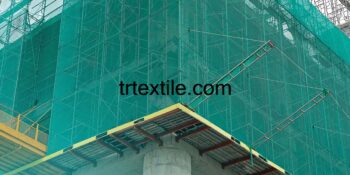-
construction safety net
$325,00Original price was: $325,00.$300,00Current price is: $300,00. -
construction safety net 2
$325,00Original price was: $325,00.$300,00Current price is: $300,00. -
construction safety net 3
$325,00Original price was: $325,00.$300,00Current price is: $300,00.
Construction safety nets are an essential part of ensuring the safety of workers on construction sites. These nets are used to protect workers from falls and other hazards, and are an important tool in preventing injuries and fatalities on construction sites.
Safety nets are typically made of high-strength nylon or polypropylene, and are designed to catch falling workers and debris. They are installed at various locations on a construction site, including around the perimeter of a building, on scaffolding, and on roofs. Safety nets are typically installed by trained professionals who are familiar with the proper installation techniques and safety guidelines.
One of the key benefits of safety nets is that they provide a passive form of protection for workers. Unlike other safety measures, such as guardrails or harnesses, safety nets do not require workers to take any action in order to be protected. This means that even if a worker falls while working at height, the safety net will be there to catch them and prevent serious injury.
Safety nets are also important for protecting workers from falling debris. Construction sites are often busy and chaotic places, with materials and equipment being moved around constantly. This can create a risk of debris falling from above and injuring workers below. Safety nets can help to contain falling debris and prevent it from causing harm to workers on the ground.
In addition to protecting workers, safety nets can also help to prevent damage to property and equipment on a construction site. By catching falling debris and preventing it from hitting the ground, safety nets can help to reduce the risk of damage to vehicles, machinery, and other valuable assets.
Safety nets are subject to strict regulations and guidelines to ensure their effectiveness and reliability. In many countries, safety nets must meet specific standards for strength, size, and installation in order to be considered safe for use on construction sites. These regulations help to ensure that safety nets are able to withstand the forces of a fall and provide reliable protection for workers.
Despite their importance, safety nets are often overlooked or underutilized on construction sites. Some contractors may see safety nets as an unnecessary expense, or may not be aware of the benefits they can provide. However, the cost of not using safety nets can be far greater in terms of injuries, fatalities, and property damage.
In conclusion, construction safety nets are a vital tool for protecting workers on construction sites. By providing a passive form of protection, safety nets can help to prevent falls, injuries, and fatalities, as well as damage to property and equipment. Contractors and construction companies should prioritize the use of safety nets on their sites in order to ensure the safety and well-being of their workers.


